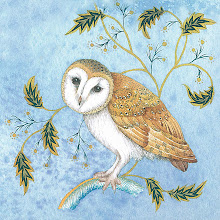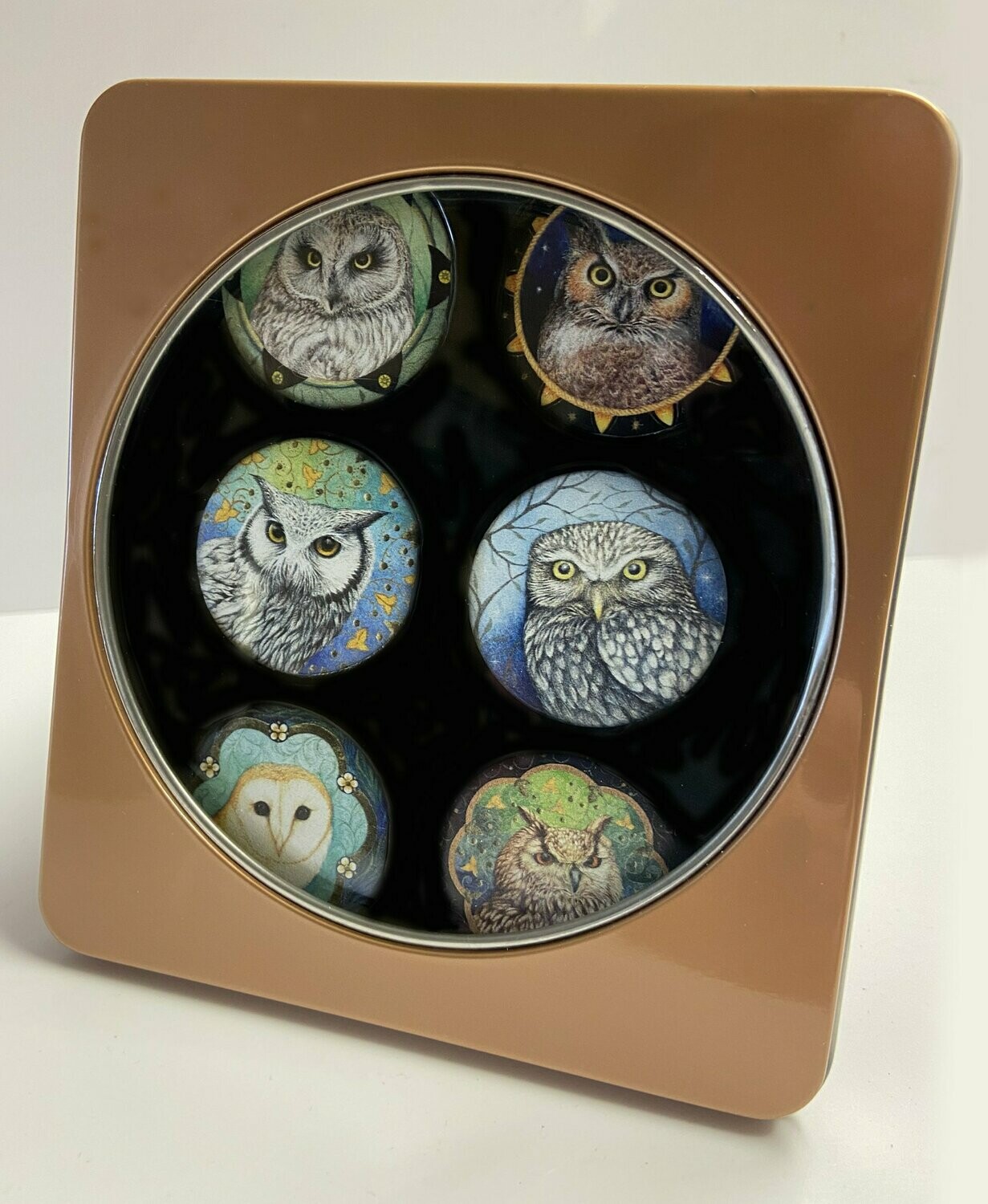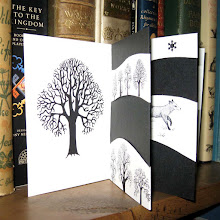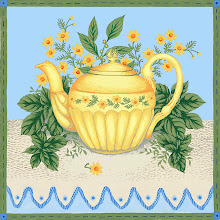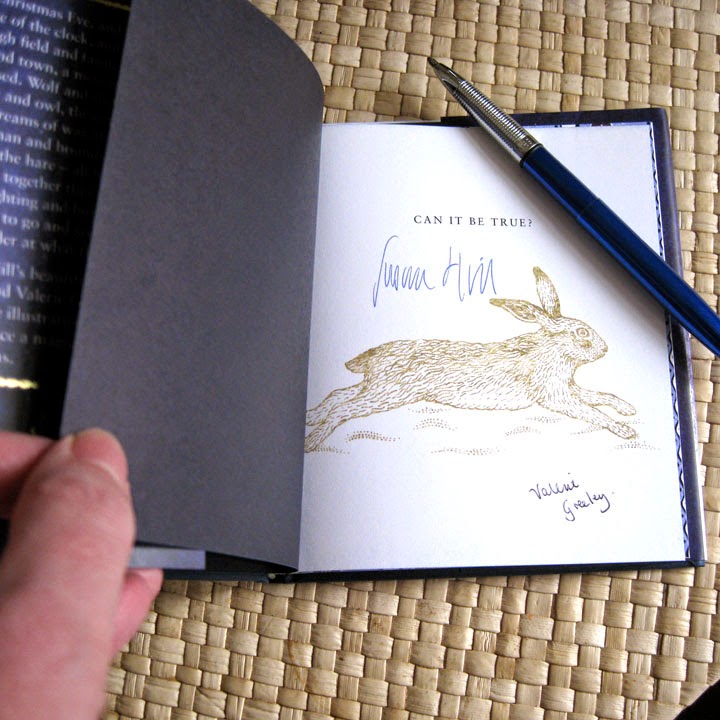

Until I joined our bookbinding group some years ago, I had not really noticed headbands much. The more expensive hardbacks that sit on my bookshelves have the more usual mass produced ones, maybe some of the older ones are hand sewn, I am not sure.
The workshop that I attended yesterday was my first introduction to the art of headband sewing, using the same techniques that fine binders use to create their exquisitely bound volumes. I have been to numerous bookbinding exhibitions and have been impressed by the exquisite workmanship that goes into the creation of a fine binding and now that I have tried out some of these techniques I have an even greater appreciation of their skills.
We started by sewing a single headband and progressed onto a double headband, which we all found much easier, oddly enough. The single headband was sewn around a thin strip of leather, which had been backed with vellum. We used two contrasting threads to compliment the design of the book. ( I should say that stitching the headbands happens after the book block has been sewn and before it is cased).
Once the threads have been chosen they are cut to the desired length and knotted together. It would take too long to explain in detail the sewing procedure; suffice it to say that the threads are looped around the core alternately after being secured within the text block. The core can be made of a variety of materials, cotton, cord, rolled paper, vellum or leather. I have found a lovely blog which explains this in more detail, called Journeys in the Bibliosphere.
The second exercise involved sewing a double headband around a two cores of cord, one thick and one thin. This core can be made of a variety of materials, cotton, cord, rolled paper, vellum or leather. The threads can be made of silk, cotton perle or linen, anything that is not too fibrous.
I am showing you my own feeble attempts at this craft and hope that you will not look too closely at my mistakes, believe me, sewing hand bands by hand is extremely difficult. Now I can see my work in close up I can see all the irregularities and gaps in the stitching!

